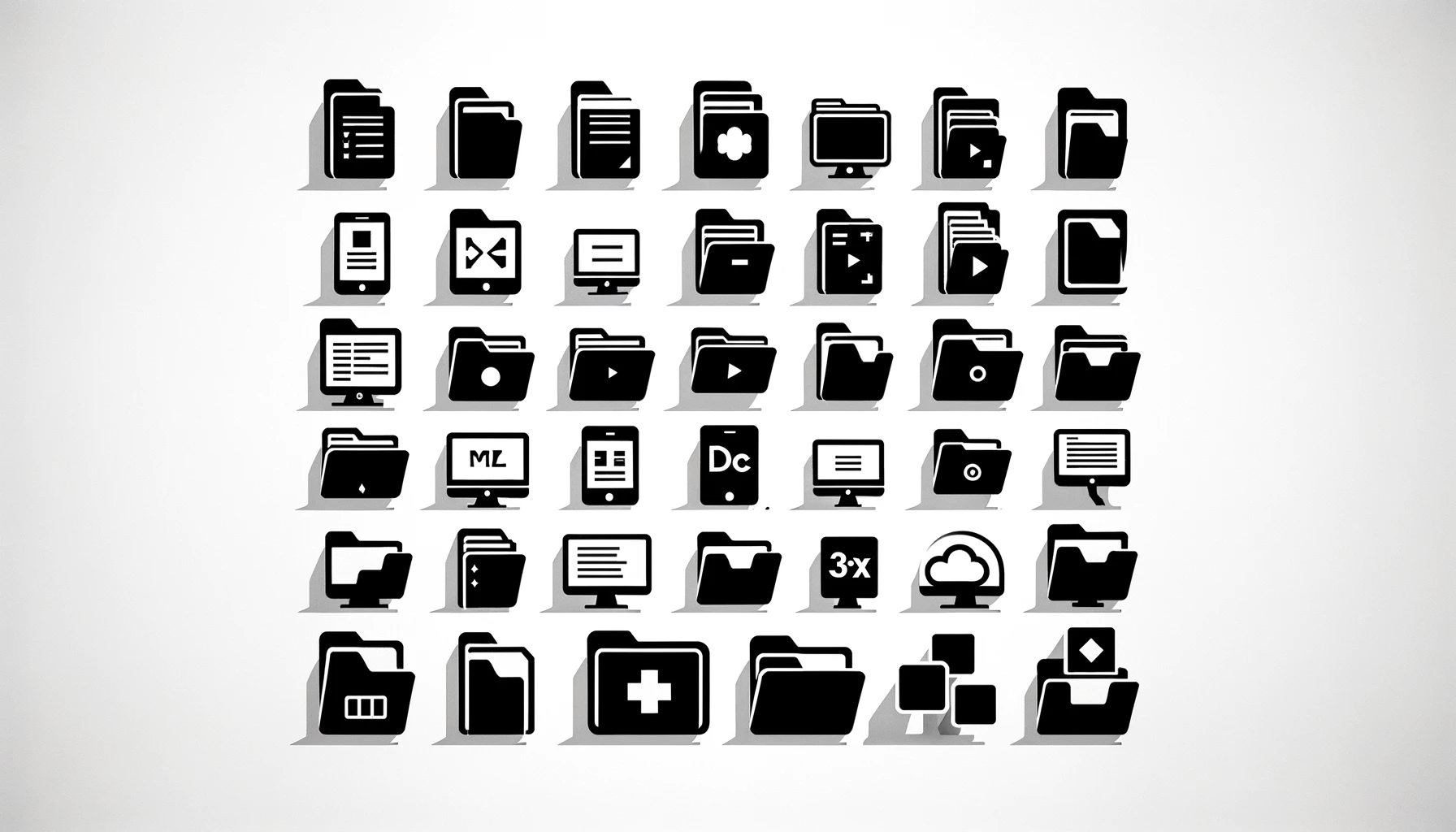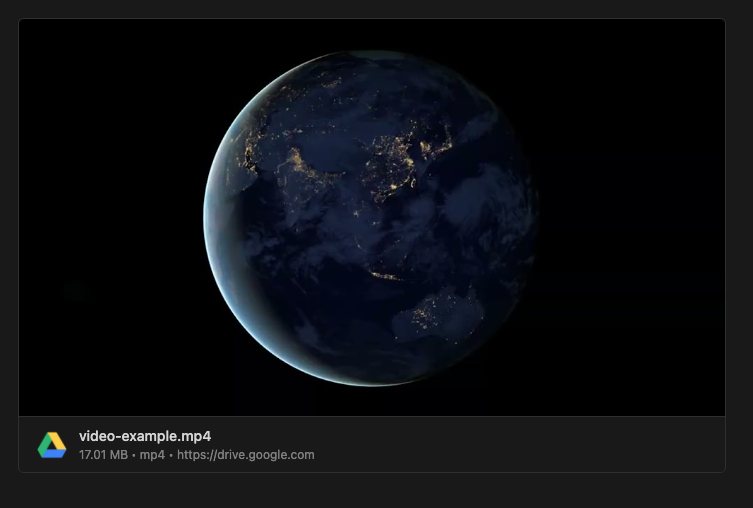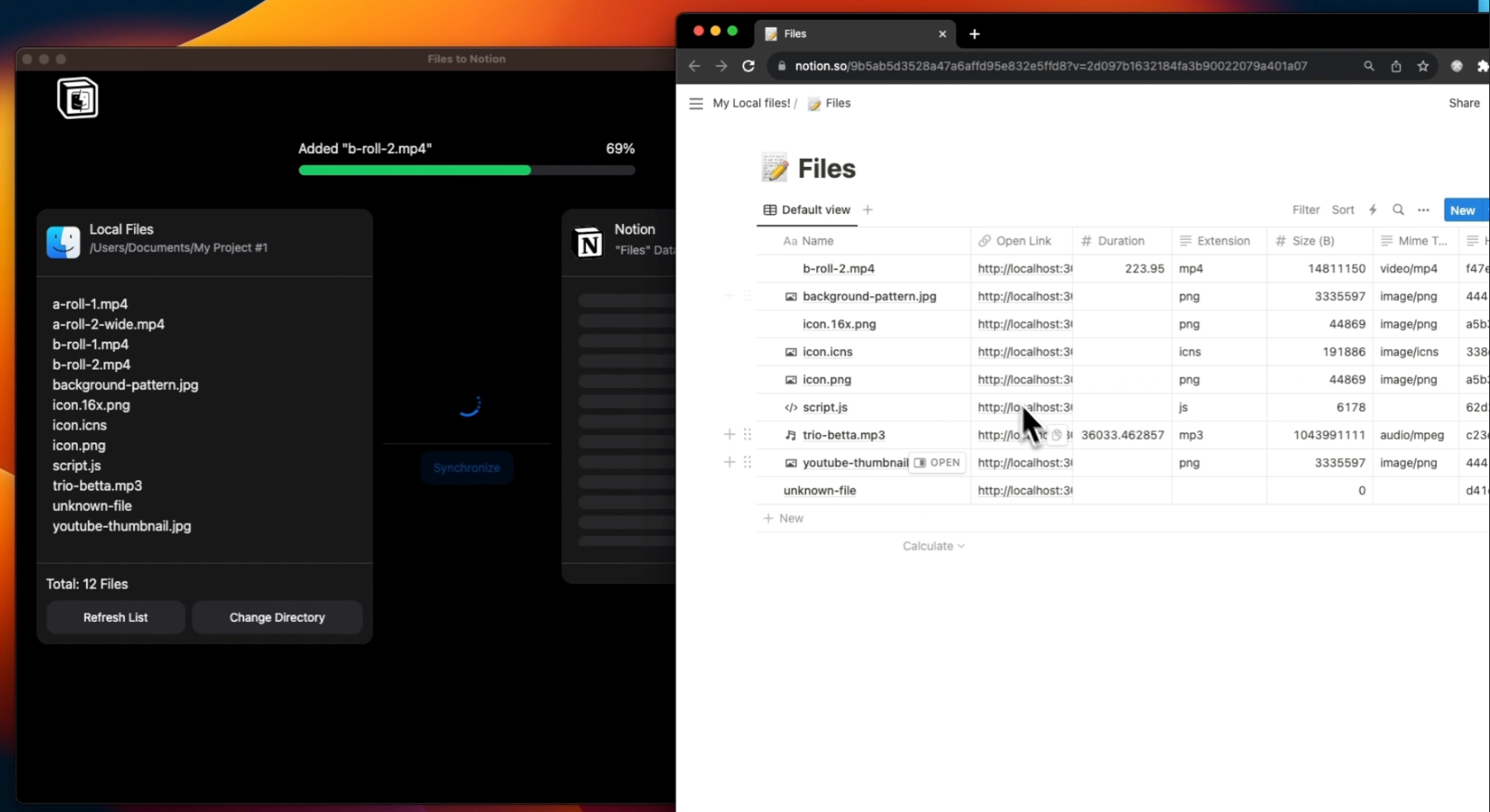Notion File Storage
What are the available options for file management in Notion?

Notion, as a platform, is flexible enough to help us organize various aspects of our tech presence. This article solely focuses on file management in Notion.
There are numerous use cases where it is essential to have your files available around. Just to mention a few:
- organising your learning resources (PDF books, video tutorials),
- tagging your raw a-roll, b-roll videos for further Youtube Video production, or simply
- manage your photos.
There are also several strategies for linking those files with Notion. In this article, we will specifically focus on three strategies:
- Storing files directly in Notion.
- Integrate with file storage cloud services.
- Accessing local files via “Files to Notion”.
Let’s dive in.
1. Storing files directly in Notion
The initial thought that comes to mind is to use the /file command to effortlessly upload your files directly to Notion. Nevertheless, it is important to consider a few factors.
Pros:
- It’s quick and intuitive, simply drag and drop your local files to Notion and done!
- it doesn’t reduce quality of media (video, audio)
Cons:
- Notion file size limit. As a non-paid user, you can upload a file with size up to 5MB. The limit is increased to ~5GB for higher plans (starting from Plus Plan), however, some of unofficial sources suggests to don’t go beyond ~3GB to avoid hazardous errors.
- *URL to your Notion files expire. This topic may be a bit controversial, but it is worth discussing. If you don’t plan to access those files from outside of Notion app, there is nothing to worry about. However, the issue arises when you need to share a link to these files with the outside world. Then, the link expires after 60 minutes.
2. Integrate with file storage cloud service
Notion integrates with the most popular cloud storage services out of the box, including OneDrive, Google Drive, Dropbox.
Pros:
- You can embed a preview of your cloud-hosted files directly in Notion.
Cons:
It's a "preview" mode, which comes with certain limitations. While images are displayed as expected, please take note of the following restrictions:
- you are unable to play videos (only a thumbnail is displayed),
- you cannot skim through the entire PDF (only a front page is displayed).

3. Accessing local files via “Files to Notion”

Last but not least, the Files to Notion app seamlessly mirrors your local file structure as a Notion database. Moreover, it allows you to effortlessly access your local files directly within Notion.
Pros:
- Accessibility. Since we’re revolving around local files, these can be simply consumed by our local installed apps. Reading PDFs, previewing videos or opening images? No problem!
- Security. Whenever a third party service is involved (such as Google Drive or AWS), there is always a security concern. Files to Notion relies solely on your local files. If you are hesitant to share your local files anywhere due to personal information or their large size, Files to Notion could be a suitable alternative.
- Multiple files. The approaches described above only focus on a single file. However, reflecting the multitude of your local files as a Notion database can be done extremely quickly with the Files to Notion app. Simply select the directory you wish to sync.
Cons:
- Among the aforementioned approaches (storing files directly in Notion or integrating with file storage cloud services), this specific method demands a greater initial time investment, including downloading the app and configuring the integration. Nevertheless, its inherent flexibility is expected to ultimately save you time in the long term.
Summary
Finding the right solution is not a straightforward task. You should strive for the approach that best caters to your specific use case. You can even combine different solutions.
Find your way. 🙂